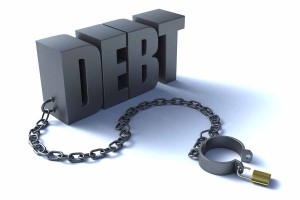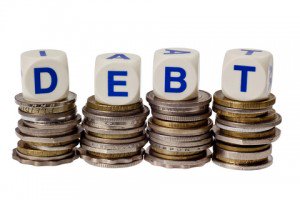The difference between good and bad debt
 If you’re like me, your parents taught you not to take on debt.
If you’re like me, your parents taught you not to take on debt.
You were probably taught something like this: get a good education, get a good job, get married, buy a home and pay it off.
And you were told not to take on debt – not to buy things you couldn’t afford.
The problem with that type of advice is that not all debt is created equal.
Generally, debt is broken down into 3 categories: good, bad and necessary debt.
These categories aren’t based on how you feel about taking on that debt, but rather how it affects your finances and wealth creation.
By the way… good debt tends to have lower interest rates, while the interest rates of bad debt tends to be higher.
 Good Debt:
Good Debt:
Generally speaking, debt is good when you use it to purchase income producing, appreciating assets. For example, borrowing at around 5% to buy a property that returns 10% per annum – 7% capital growth and 3% net yield.
Business loans are also good debt – as long as your business is profitable.
You see…there’s no way you can save your way to wealth, and that’s why buying appreciating assets and leveraging them is critical if you plan to get out of the rat race.
Necessary Debt:
This is not really bad debt, because it’s well….necessary.
This could be:
- The loan against your home, which is not income producing but still an appreciating asset.
- Student loans
 Bad Debts include:
Bad Debts include:
- Credit cards
- Car loans
- Consumer loans
See any patterns?
Good and necessary debt should be seen as an investment in yourself. You’re borrowing that money to create an income-producing (property) business, or to pay for an education that increases your earning potential, or to build equity in a place to shelter your family.
On the other hand, bad debt is used to pay for things that depreciate in value over time, like a car or the latest big screen TV, and is often paid for with your credit card or consumer loans with high interest.
If you’re still at the asset growth stage of your investment journey, you’ll need to minimise bad debt and pay it off as quickly as you can while you maximise your good (usually tax deductible) debt and buy appreciating assets.
- 8 Charts explaining why we’re in for a great time in property in 2021 - January 5, 2021
- New data shows COVID-19’s impact on Australians’ personal finances, including debt and insurance - December 21, 2020
- 4 key reasons why the property pessimists are changing their minds - October 12, 2020

